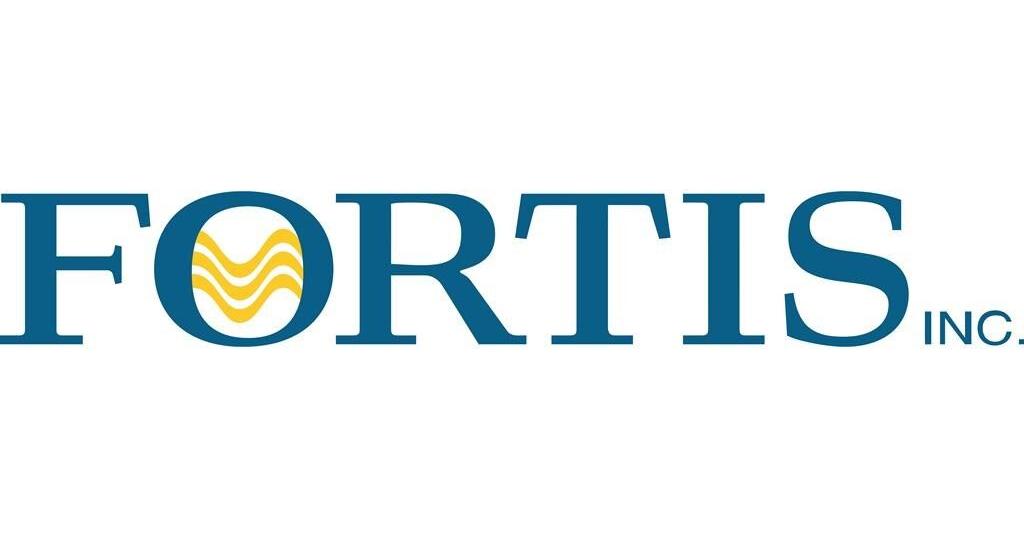Canada’s new billion-dollar plan to boost its critical minerals sector will focus on six particular materials that are crucial components of electric vehicles, clean energy technologies and more.

While the strategy unveiled Friday lists 31 minerals it classified as “critical,” the six that are under the spotlight — lithium, graphite, nickel, cobalt, copper and rare earth elements — hold “the most significant potential for Canadian economic growth,” according to the federal government.
Those mining sectors will also be the initial focus of the nearly $4 billion in federal investments under the new plan.
Here’s a closer look at those materials, what they’re used for, and where Canada currently stands with each of them.
Lithium is currently one of the most sought-after materials in the world. Not only is it a key component in rechargeable batteries for electric vehicles, smartphones and computers, it is also contained in metal alloys used in military armour, aircraft, and train components, as well as hydrogen fuel storage containers.
But its use in batteries makes lithium a key mineral for the global clean energy transition.
Although Canada does not produce lithium, it has “large hard rock spodumene deposits and brine-based lithium resources,” from which lithium can be extracted. The new strategy seeks to introduce domestic production facilities that take advantage of those resources.
Canada’s lithium reserves were the sixth-largest in the world as of 2020, but they only account for 2.5 per cent of the global supply. Australia and Chile lead the world in both reserves and production.
“We shouldn’t get too excited that we’re going to be one of the big producers around the world when it comes to mining,” said Jack Mintz, who heads the University of Calgary’s School of Public Policy and is a senior fellow at the Fraser Institute.
“Hopefully we’ll have enough production that will just satisfy our own needs, but we’re certainly not a big producer by any means compared to other countries like Australia.”
The strategy identifies other ways to extract lithium, including through recycling of lithium-ion batteries via domestic recycling facilities.
Graphite is found in rechargeable battery anodes as well as electric vehicle fuel cells and vehicle brake linings. It is also used in electrical motor components and frictionless materials — key components of wind turbines and other clean technologies.
Canada is among the top global producers of graphite, with several mines in Quebec and Ontario either running, newly approved or under environmental assessment. The Black Crystal Quarry and Plant in British Columbia also mines graphite.
Another rechargeable battery component, nickel can also be found in solar panels as well as aerospace and military aircraft.
Canada has nickel production facilities in Manitoba, Ontario, Quebec and Newfoundland and Labrador, making the country one of the leading global producers and suppliers. The country is home to nearly 3 million tonnes of nickel reserves.
Cobalt is primarily found in battery electrodes but is additionally used in turbine engine components, vehicle airbags and magnets. Along with lithium, graphite and nickel, cobalt is among the four main minerals needed for electric vehicle batteries.
The mineral is actually mainly produced as a by-product of nickel mining in Canada, but new projects seek to change that and ramp up production, including a primary cobalt mine in the Northwest Territories and North America’s first cobalt refinery in northern Ontario.
Canada is already a top-five cobalt producer globally, according to the government.
A key wiring material, copper is essential for powering buildings, vehicles, telecommunications and other electrical components. It’s also used in solar panel cells and electric vehicles.
Copper is produced in provinces across the country, unlike many other critical minerals that are primarily found in Quebec and Ontario. Canada is a leading global producer, accounting for nearly three per cent of all copper production in 2020.
A group of 15 elements known as lanthanides, rare earth elements are found in some of the most widely-used electronics in modern society, including touch screens, televisions, LED lights and speakers. They are also a key component of permanent magnets, including those used in electric vehicle motors and wind turbines.
Canada has some of the largest known reserves and resources rare earth elements in the world, according to the government, estimated at over 14 million tonnes as of 2021.
In addition to boosting production, the new strategy is also eyeing the potential to extract rare earth elements from recycled magnets.
What other minerals are important?
Although these six minerals will be focused on first, the strategy also mentions a series of other materials that “present notable prospects for the future.”
Those minerals — including vanadium, gallium, titanium, scandium, magnesium, tellurium, sinx, niobium and germanium — can all be found in various clean technologies and other modern equipment. Potash, uranium and aluminum are also highlighted.
The government says the list of 31 minerals will be reviewed and updated every few years.
— With files from Global News’ Saba Aziz and Bryan Mullan

























